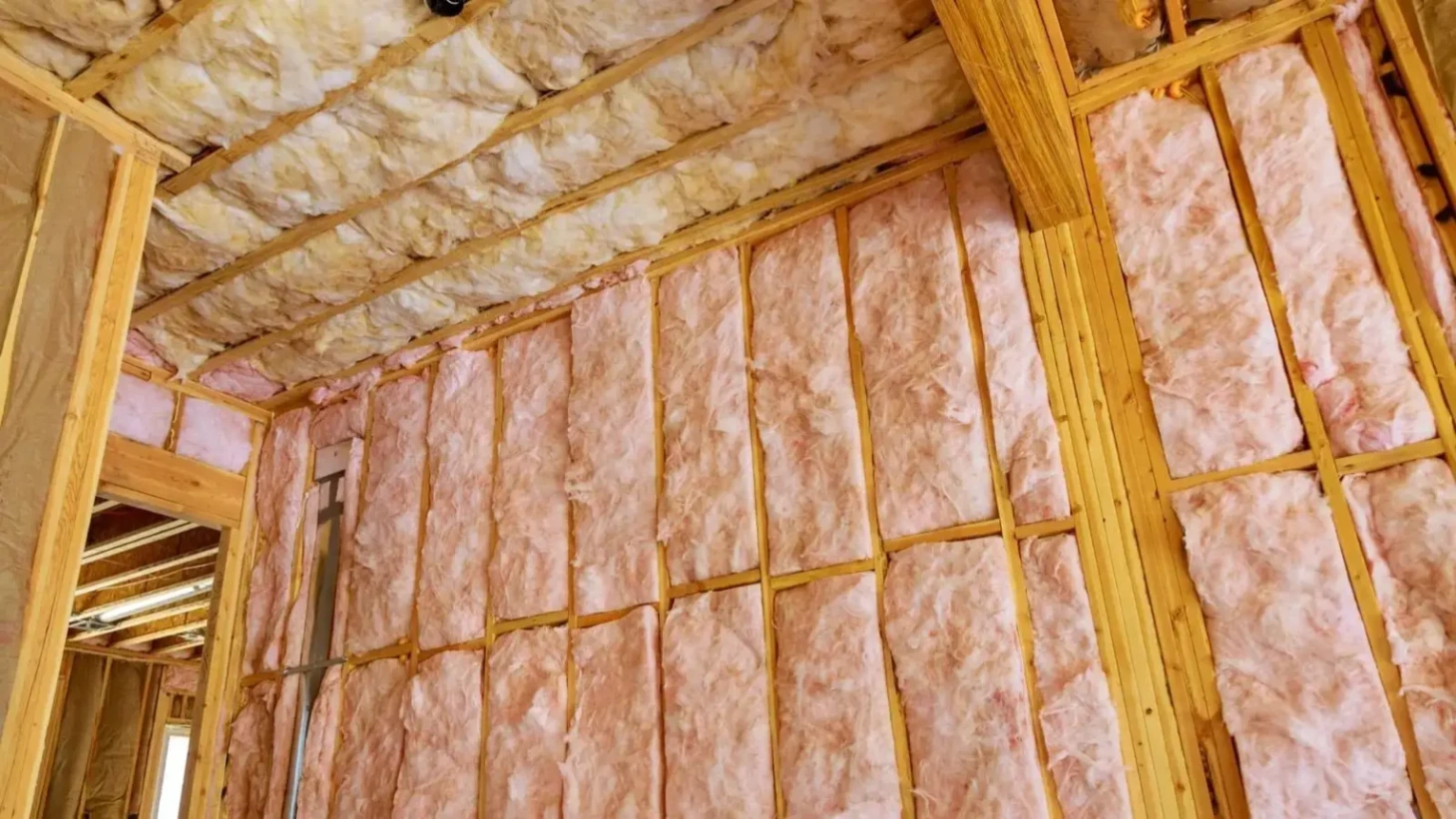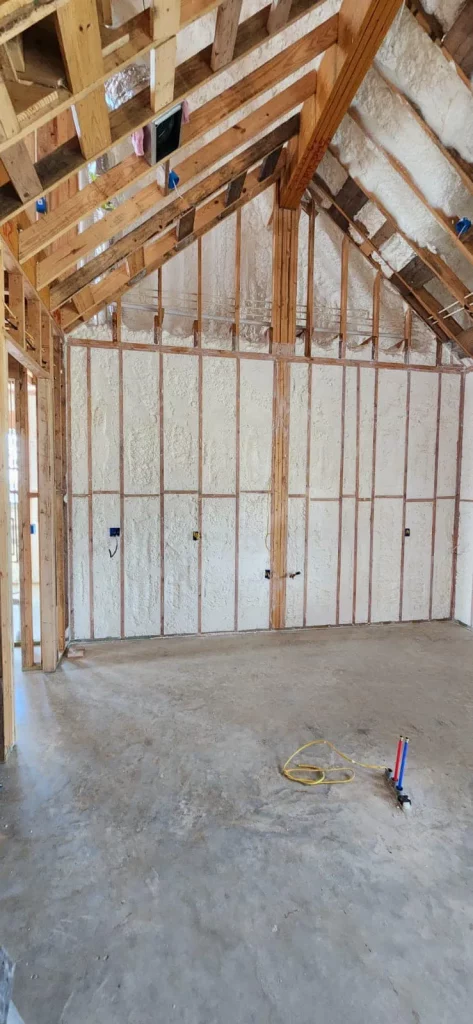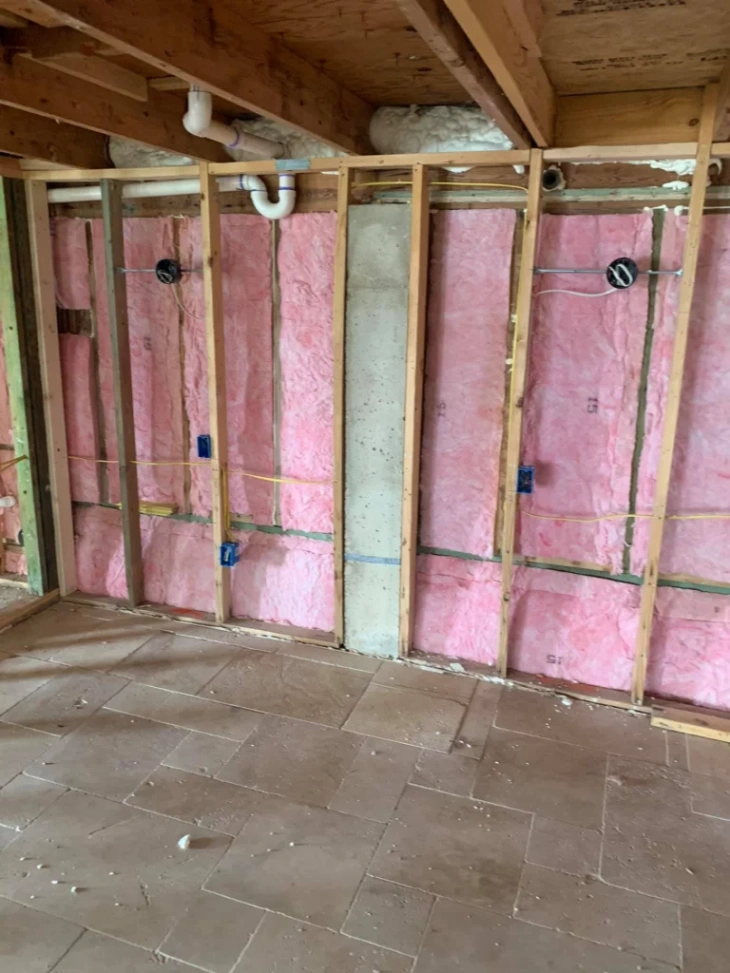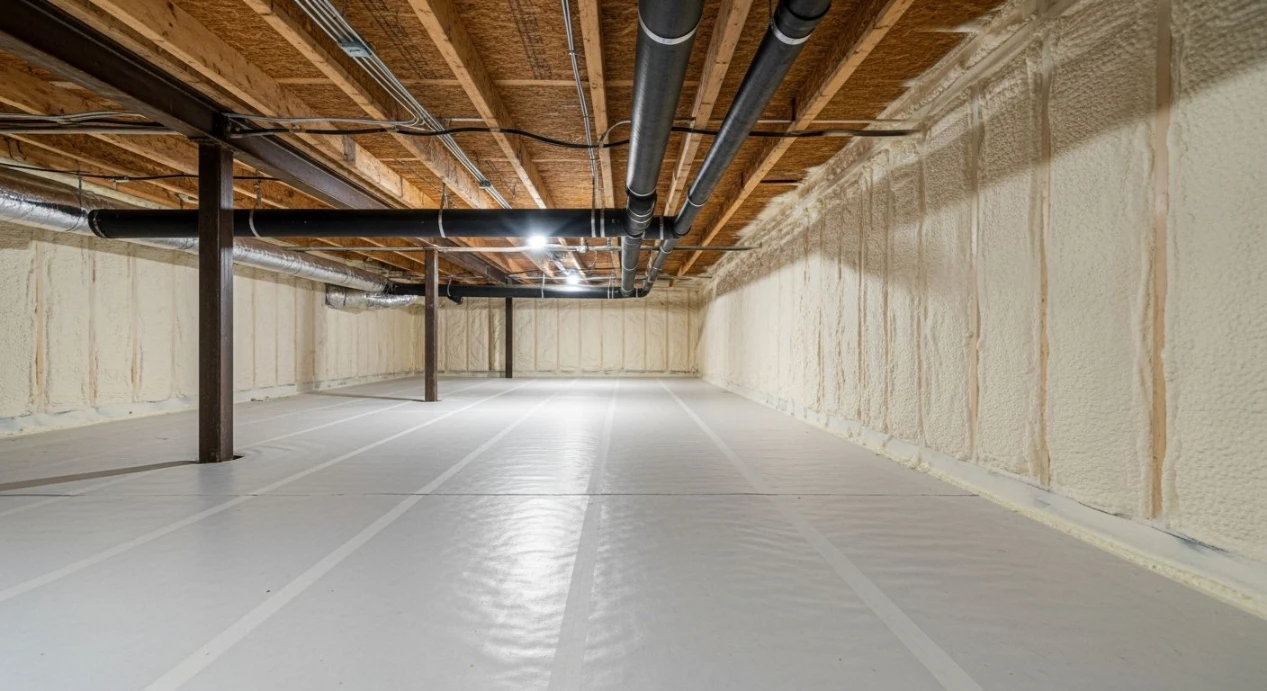

Spray foam insulation should be upgraded in Hutto, TX when signs of moisture intrusion, inconsistent indoor temperatures, or energy inefficiencies appear. In many cases, spray foam may degrade due to improper initial installation, age, pest intrusion, or building code updates. Most spray foam systems, if installed correctly, can last 20–30 years; however, regional humidity and summer heat cycles in Central Texas accelerate wear, especially in attics and crawl spaces.
H&R Insulation has hands-on experience addressing insulation failures across Williamson County. This article explains exactly when and why spray foam should be replaced, what signs to monitor, and how to evaluate insulation performance. All guidance provided reflects real-world residential and commercial inspections throughout the Hutto area.
Hutto’s heat index averages over 100°F in summer. This extreme thermal load affects attic insulation more rapidly than in milder zones. Aging spray foam exposed to temperature swings may become brittle, discolored, or develop air gaps, especially open-cell formulations.
| Feature | Open Cell Spray Foam | Closed Cell Spray Foam |
|---|---|---|
| R-Value per Inch | ~3.6 | ~6.5 |
| Moisture Resistance | Low | High |
| Air Sealing Capacity | Moderate | Excellent |
| Sound Dampening | High | Moderate |
| Best Use Areas | Interior walls, soundproofing | Attics, crawl spaces, exterior walls |
| Cost (General Range) | Lower | Higher |
| Risk in Humid Conditions | Prone to mold if not sealed well | Resistant to moisture |
| Condition Observed | Potential Cause | Suggested Action |
|---|---|---|
| Foam pulling away from studs | Improper curing or extreme heat cycles | Remove and reapply |
| Visible cracks in foam | Aged or UV-exposed insulation | Partial or full upgrade recommended |
| Musty smell or damp foam | Vapor barrier failure | Replace with closed-cell foam |
| Reduced thermal resistance | R-value degradation over time | Upgrade to maintain HVAC efficiency |

Use thermal imaging in the early morning or evening to catch insulation voids before they become noticeable in living spaces.
| Condition or Space Type | Recommended Spray Foam Option |
|---|---|
| Moisture-prone crawl space | Closed cell |
| Interior walls needing soundproofing | Open cell |
| Attic with direct roof exposure | Closed cell + thermal barrier |
Attics and crawl spaces experience the most degradation from temperature and humidity. These areas should be evaluated first.
With proper installation, spray foam lasts 20–30 years. In Hutto’s climate, performance may degrade sooner without periodic checks.
Only if the original foam is structurally sound and adherent. Otherwise, full removal is required to ensure proper bonding.
Never attempt DIY removal. Most spray foam contains isocyanates and must be handled with proper safety gear.
Spray foam insulation in Hutto, TX upgrades should be considered when performance drops, moisture intrusion is found, or foam visibly degrades. Attics and crawl spaces are the most vulnerable. Foam type, age, climate exposure, and installation quality all influence longevity. Testing and targeted inspection help confirm whether a full or partial upgrade is needed.
For accurate evaluation and safe removal or replacement of spray foam insulation, contact H&R Insulation. Call (979) 325-2419 or email [email protected]. All inspections are handled by trained professionals with experience across Central Texas buildings and climate conditions.
Use blower door or infrared tests post-installation to confirm reduced air leakage and improved thermal performance.
Every 5–7 years. Homes in high-humidity zones like Hutto benefit from more frequent inspections.
Yes. Degraded foam may release particulates or odors, especially when moisture or pest activity is present.
Minimal disruption is possible with targeted removal and retrofit strategies. Attic and wall access is usually sufficient.
Yes. Texas building codes now require thermal barriers for certain foam installations and may affect your upgrade strategy.


